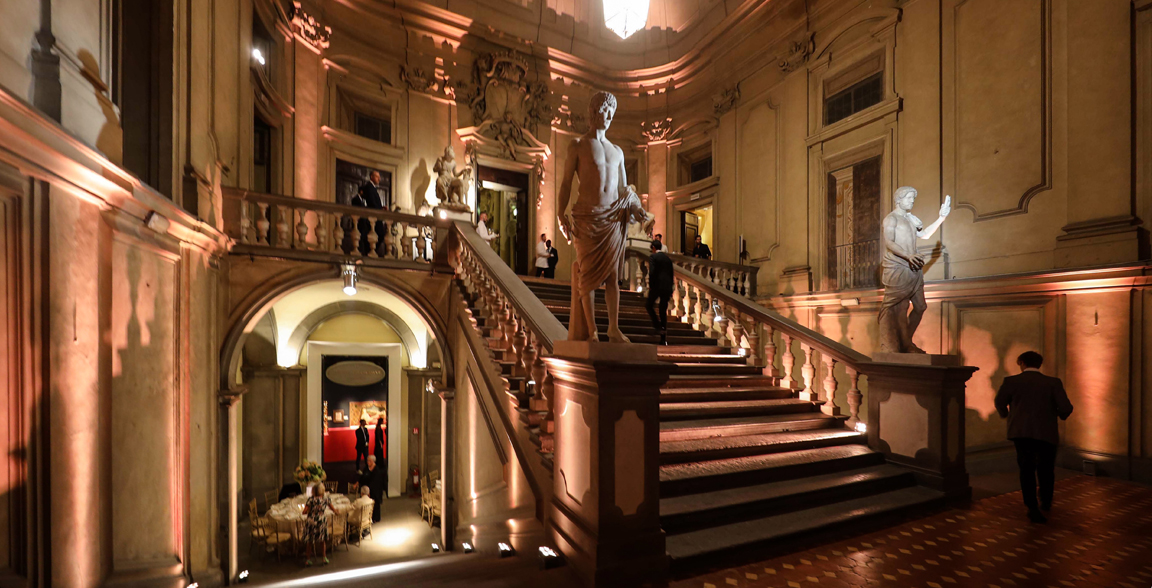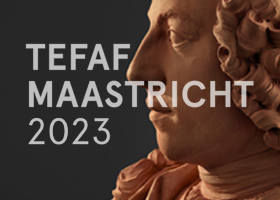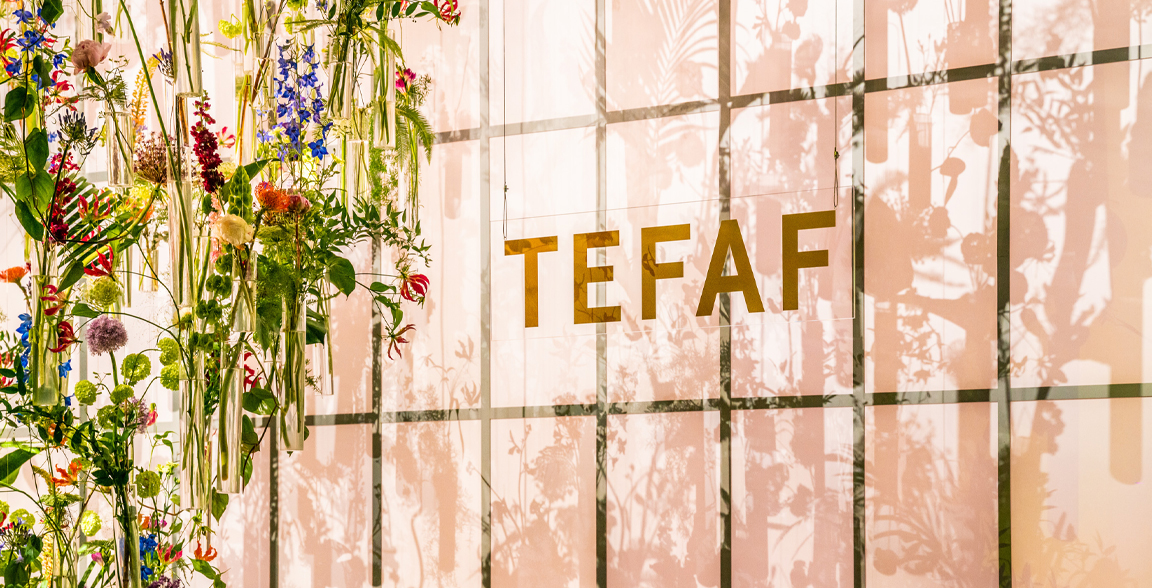
TEFAF MAASTRICHT 2023
From International Florence to the Eternal City: cultural pathways between the 18th and 19th centuries
The Galleria Walter Padovani will participate in TEFAF Maastricht as usual, presenting a selection of works of the 18th and 19th centuries that showcase Rome and Florence with their coexistence between different stylistic and cultural trends.
Following a chronological order, the cosmopolitan appeal of Florence is eloquently expressed here by a terracotta bust of Sir Horace Mann (1706-1786), an English diplomat at the Tuscan court who settled in the city from the fourth decade of the 1700s.
I made the acquaintance of Sir Mann, the English ambassador, who was the idol of Florence, very rich and with the most charming manners, full of spirit, taste and a great love for the Fine Arts.
With these words Giacomo Casanova (1725-1798) describes Mann in his memoirs.
The bust was recently displayed in the exhibition The Grand Tour, the Two Horaces and the Court of Florence (1740-1786), at Strawberry Hill (Twickenham; 24 May – 21 July 2022).
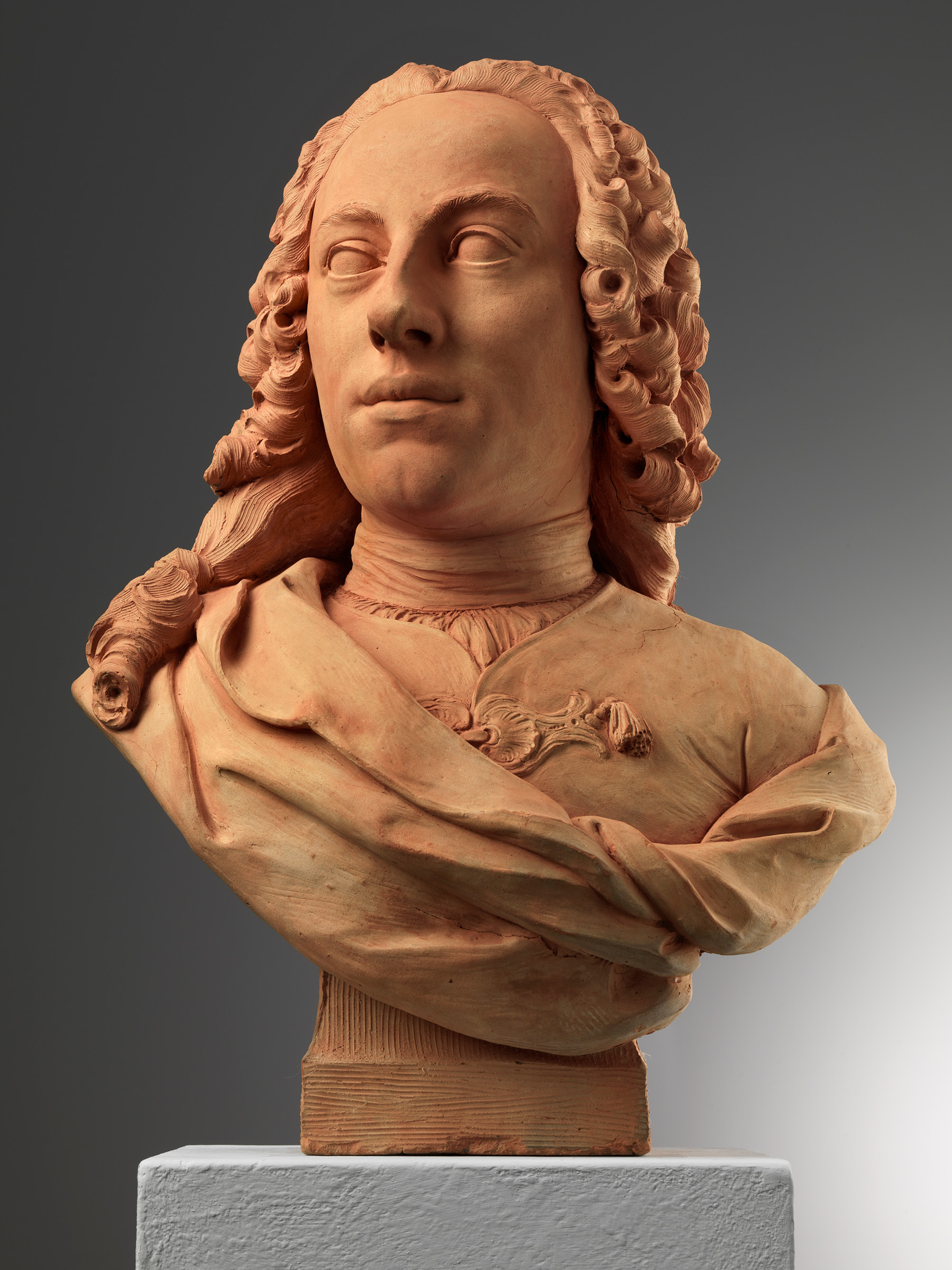
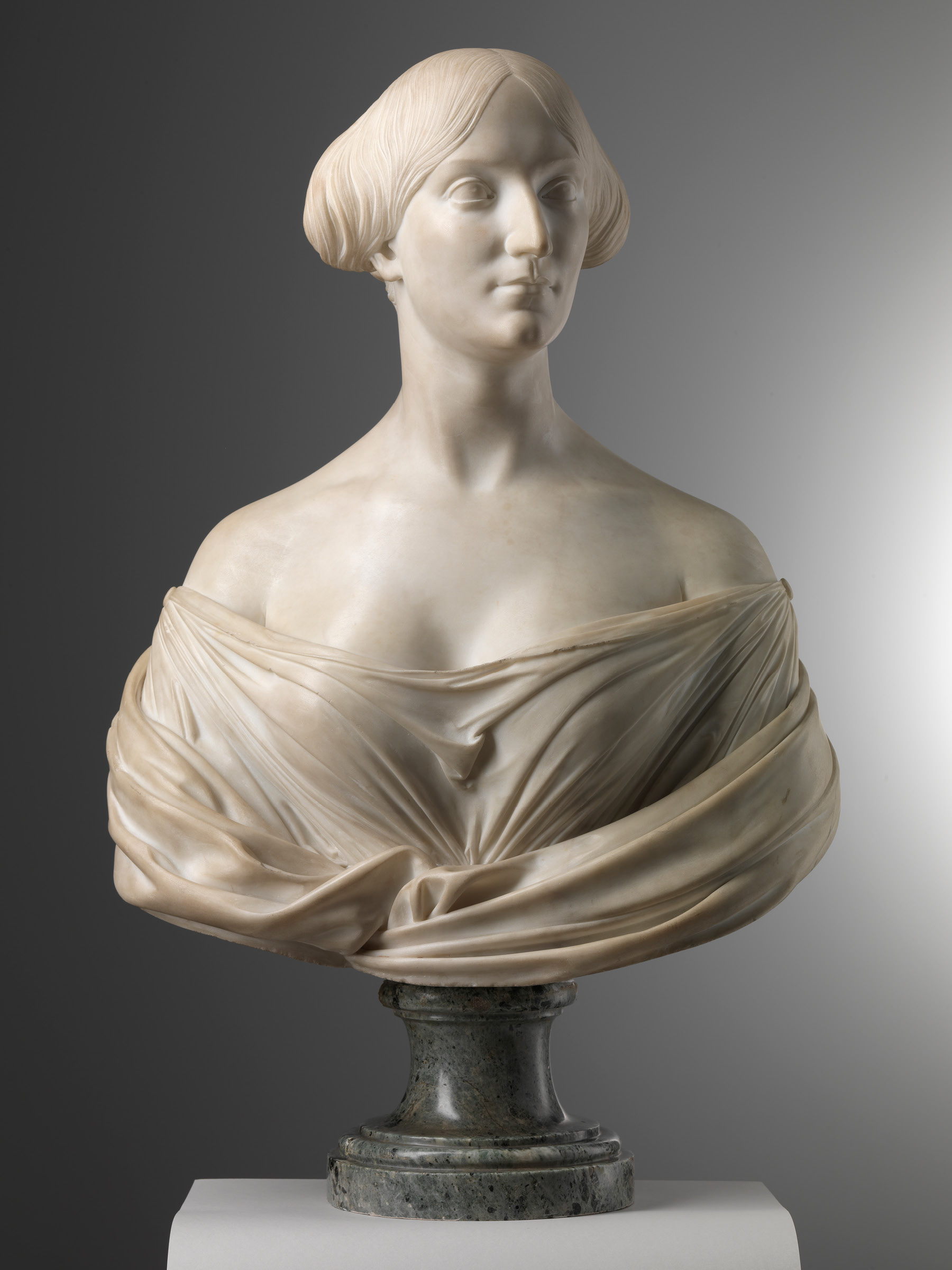
Moving on to the third decade of the 19th century, Florence now forms the setting for the naturalistic style and the related major revolution enacted by Lorenzo Bartolini (1777-1850), present here with a marble bust. The sitter is Countess Carlotta Barbolani di Montauto (1780 – 1846), a Florentine noblewoman and spokesperson for the wealthy and international clientele that the artist enjoyed: from the Bonaparte to the Demidoff family, to name just a couple.
Nicola Demidoff moved in 1822 to Palazzo San Clemente, owned at the time by Countess Barbolani.
This bust is mentioned in the list of the master’s most famous works drawn up by Elisio Schianta, a pupil of Bartolini: Madame la Contesse de Montau. He executed two portraits: one he sent to Paris, the other was acquired by Prince Demidoff, both executed by Bartolini.
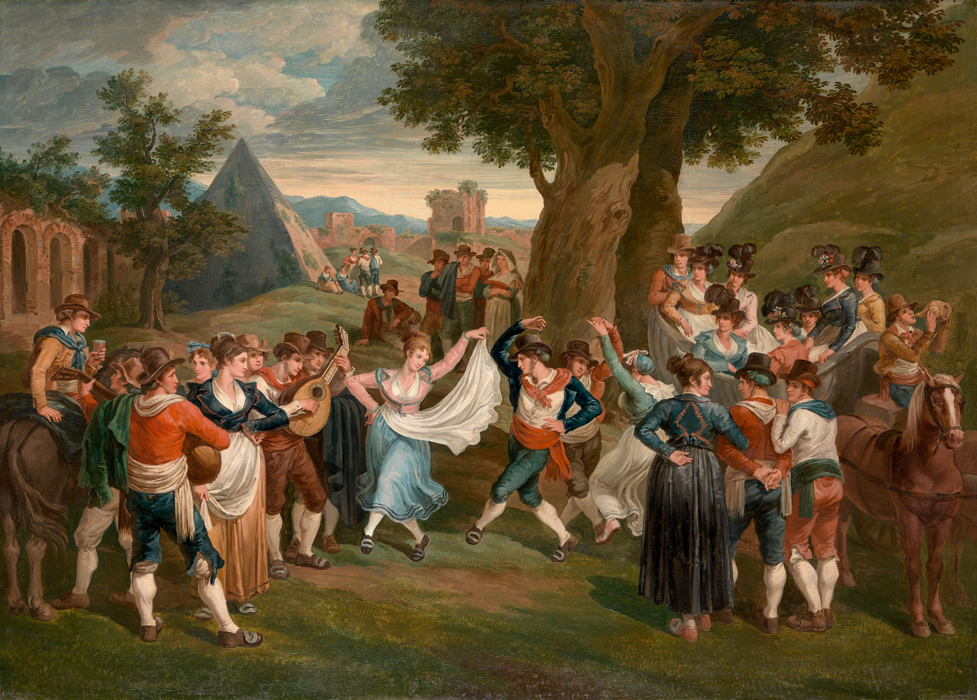
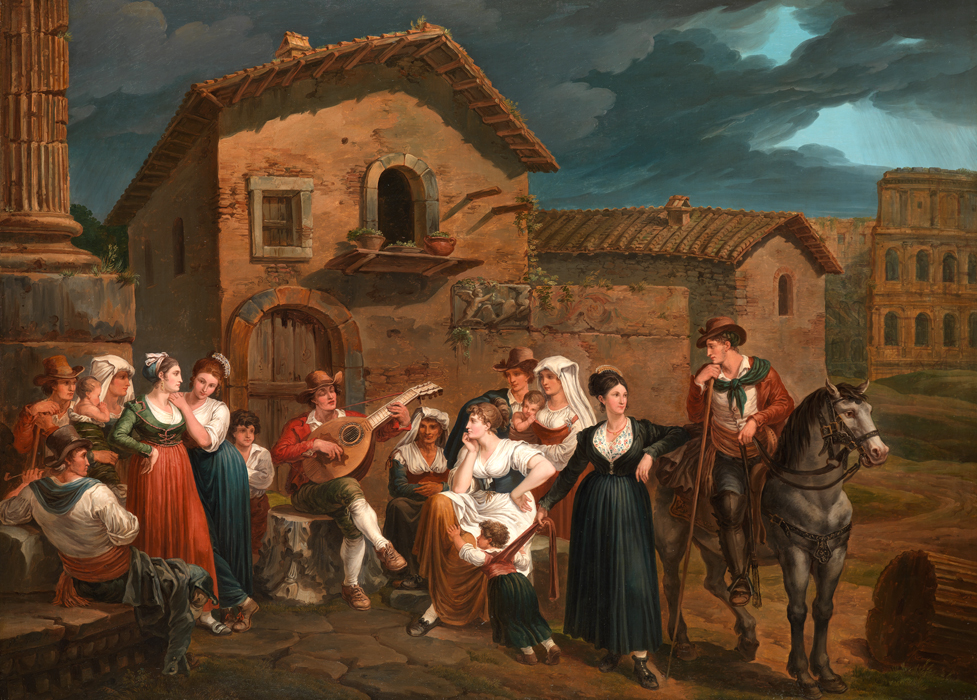
Finally, we arrive in Rome, with two paintings by Bartolomeo Pinelli (1781-1835) that propose a folkloristic vision of Rome in the artist’s own day. The two subjects, The Popular Improviser and The Folk Dancer, present lively characters standing out against landscapes with Roman remains, offering a popular interpretation of that eternal charm emanating from antiquity.
The inquisitive eye of Pinelli, an eccentric figure who wandered the streets of the capital, notebook always in hand, gives us a real-life portrait of the customs and traditions of the Roman people of the time.
The events surrounding their provenance once again take us to foreign lands: they are connected to the Adolphus Hotel in Dallas, United States of America, where they arrived from a New York collection that originally owned four paintings by the artist. The other two were purchased in 1958 by the Municipality of Rome and are currently on display at the Museum of Rome, at Palazzo Braschi and the Museum of Trastevere.
As reported in a letter dated 19 November 1979, the two paintings were on display in the lobby of the Hotel, purchased by Leo F. Corrigan Jr in 1949 directly from the heirs of the founder, Adolphus Bush, a German beer magnate and philanthropist who had made his fortune in the United States.
